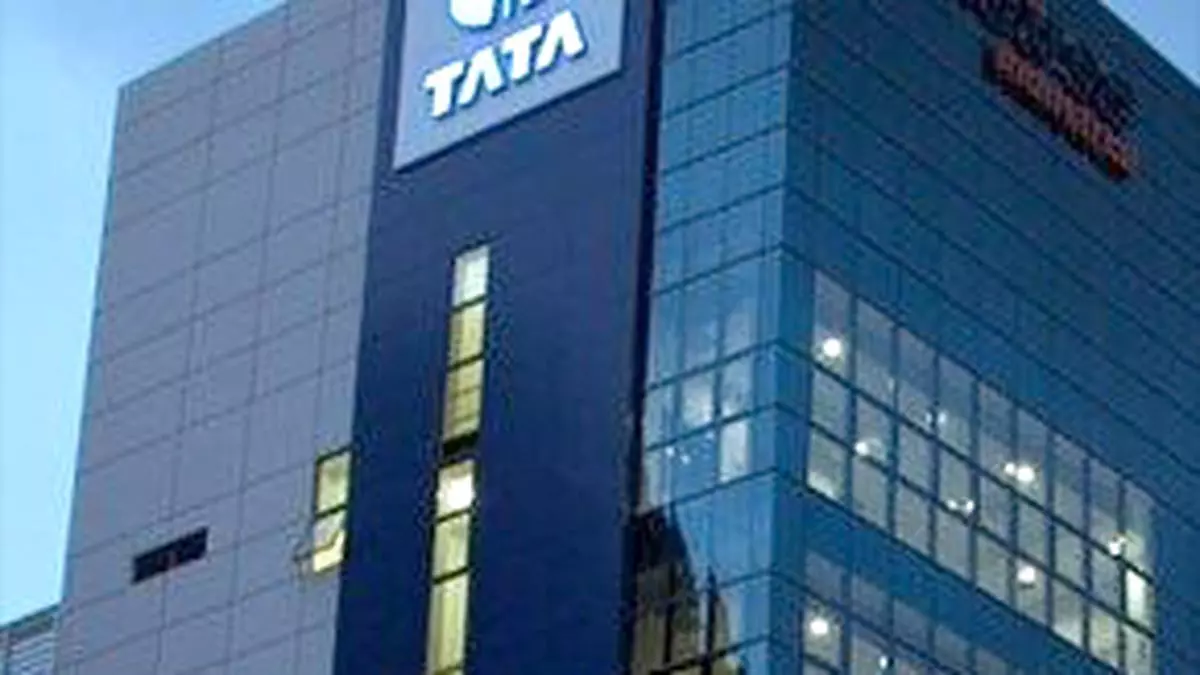How Microvias Contribute to HDI PCB Designs
HDI PCB Designs
Using smaller vias in the PCB stack-up allows more layers to be used and thus increases routing density. It also allows components to be positioned closer together, thus decreasing both power losses and signal transmission delays. It can also help to minimize electromagnetic interference (EMI), as the signal is not reflected and regenerated as it would be in a conventional via with its stub.
However, the reliability of hdi pcb boards can still be a concern for some engineers, as the smaller aspect ratios of microvias may lead to problems such as plated interface failures, especially with stacked and staggered microvias. This is due to thermal cycling, where the substrate expands and exerts high stress on the copper plating of these microvias. This can cause the interface between a microvia and its pad to crack, or between a microvia and the underlying layer.
To reduce the risks associated with this issue, manufacturers use additives in their microvia plating process. These aid in the even deposition of copper across the entire body of the via, eliminating voids that can lead to metallurgical failure. Additionally, they also employ pulse plating to ensure that the via walls are fully plated, preventing stress concentration at the via neck. This prevents the formation of a thin neck region, which is susceptible to fracture in the event of repeated thermal cycles or strong vibration.

How Microvias Contribute to HDI PCB Designs
The most common type of via in a PCB is the buried via, which is used to connect different layers of the PCB. The buried via is made by drilling through the base substrate and then filling it with a conductive material such as copper epoxy or silver epoxy, which improves its electrical conductivity. This also helps to divert heat away from the underlying copper layers, which is necessary to maintain the stability of the PCB during assembly and operation.
In HDI PCBs, the buried via can be either a single blind or a stacked microvia. Stacked microvias are a standard way to span between layers in an HDI circuit, but they can also be a combination of stacked and staggered microvias. Both types of these vias are typically filled and capped with a conductive material such as copper, which improves its electrical conductivity and lowers its dielectric constant. They can also be plated directly in the component solder lands, which helps to decrease both radio frequency radiation and transmission delay.
As a result of their small size, conductive vias are more efficient than conventional through-holes in HDI designs, and they are able to transmit signals over shorter distances, which leads to increased performance and functionality. Using these miniscule vias can also help to decrease overall board size and weight, which is crucial for many electronic devices today. This makes HDI PCBs a cost-effective and environmentally friendly solution for your next design.




Leave a Comment